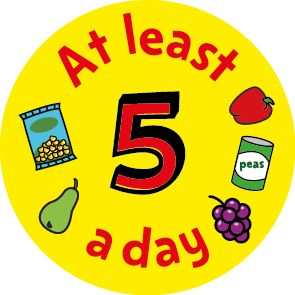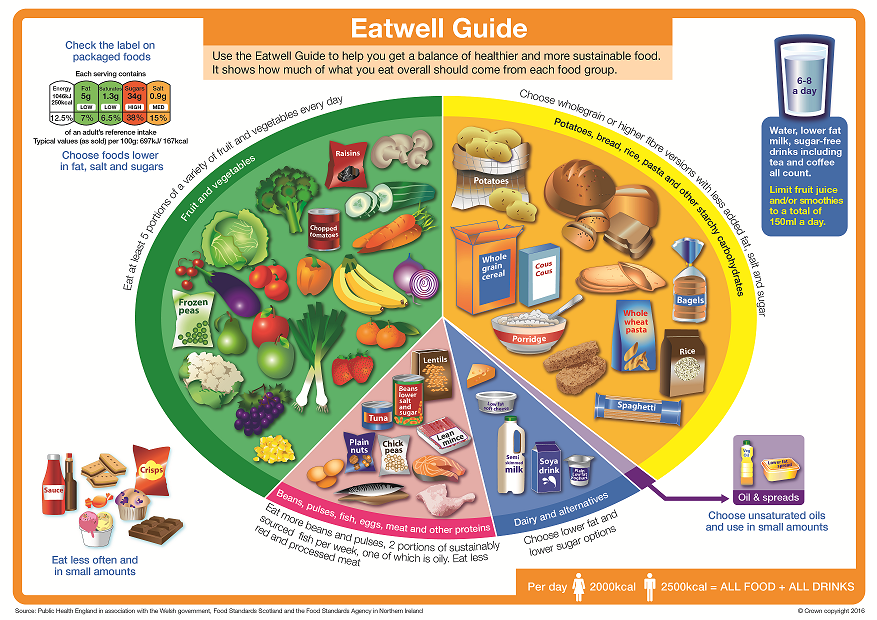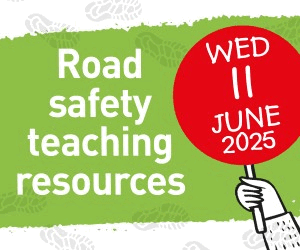Primary Times - the definitive what’s on and where to go family guide of activities and events for children of primary school age. Things to do with your kids during the school holidays including arts and craft activities, music and theatre for children, parties, competitions, days out, and family attractions along with term time drama schools, dance classes, after school clubs and sports activities. Things to do at a place near you!
Healthy Family Eating Habits

This piece, written by Dr Alison Tedstone, National Lead for Diet and Obesity, Public Health England, provides useful tips and advice on how to foster healthy eating habits in our children...
It’s important a child has a healthy diet from day one as it can impact on their health as an adult.
Obesity is increasing among children leaving primary school, and the figures are something we cannot ignore; almost one in five children aged four to five years are overweight or obese and by age 10 to 11 this increases to one in three. Developing healthy eating habits early can also help to prevent weight gain.
While some children can appear to be a healthy weight, an unhealthy diet which is high in calories, sugar and saturated fat, can lead to the build-up of fat on the inside that isn’t necessarily visible. We know that obese children are much more likely to become obese adults prone to life threatening diseases like Type 2 diabetes, heart disease and some cancers.
This article offers hints and tips on how to help your children follow a healthy balanced diet to help prevent weight gain and poor health in later life.
Developing good dietary habits
It’s good to be a role model for your children; if you’re following a healthy balanced diet then your children will learn from you. It’s helpful to eat the same meals as your children and try to form a routine for regular mealtimes enjoyed as a family.
Eating healthy well-balanced meals together and getting children involved in shopping, preparing and serving meals will also help them develop good eating habits as well as social skills. Try eating without the TV or other distractions to help prevent over-eating.
Try not to use unhealthy sugary and fatty snacks as rewards as a ‘bargaining’ tool or to help occupy your children. Instead you could use incentives such as stickers and trips to the local park.
Getting your child to eat more fruit and vegetables

Fruit and vegetables are good sources of many vitamins, minerals and fibre needed for healthy growth and development. Children, like adults, should be eating at least 5 portions of a variety of fruit and vegetables a day. As a rough guide for children, one portion is the amount they can fit in the palm of their hand.
Keeping a fruit bowl in the living room and encouraging children to snack from the bowl, rather than hunting for snacks in the kitchen will also help increase their fruit intake.
Family days out are prime snacking time. Save money by taking bananas or carrot, celery or pepper sticks with you instead of buying expensive snacks once you're out.
Or alternatively, let your children choose a fruit or vegetable they'd like to try in each weekly shop and allow them to help prepare it for the family.
Remember to supervise children in the kitchen while they help to prepare it.
Keep an eye on portion sizes
There is no official guidance on portion sizes as the amount of food a child needs varies with age, body size and level of physical activity. It’s helpful to use a child’s sized plate and give them small portions so they can ask for more if they are still hungry.
Cutting back on sugar
Children are eating 3 times more sugar than the maximum recommended amount and the biggest source is sugary drinks. It’s startling how much sugar there is in some of the things that we give children throughout the day, particularly snacks.

Try to swap sugary snacks for healthier alternatives, like fruit, cut-up veg, plain rice cakes, toast or a bagel after school. Breakfast can also be high in sugar.
Try swapping sugary cereal for either plain porridge, plain whole-wheat biscuit cereals or plain shredded whole-wheat.
You could also experiment by adding fruit to your cereal e.g. chopped banana, grated apple or summer berries. This not only helps to sweeten cereal but counts towards your 5 A Day!
The Change4Life Sugar Smart app helps parents see how much sugar there is in everyday food and drink. The free app works by scanning the barcode of products and revealing the amount of total sugar it contains in cubes and grams.
Do children need vitamin supplements?
Official advice is for children aged 6 months to 5 years to take a daily supplement of vitamins A, C and D. For low-income families this supplement is free on the Healthy Start scheme. From age 5 upwards children should be able to get all the vitamins they need by following a healthy, balanced diet in line with the Eatwell Guide.
Choosing healthier snacks and drinks
Children should eat regularly, with breakfast, lunch, dinner, and two or three healthy snacks provided daily.
daily.
There is no place for sugary drinks in a child’s diet. Water and lower fat milks are the best drinks for children. Fruit Juice and smoothies count towards one of their 5 A Day but should be limited to a small 150ml glass once a day.
They should be drunk with a meal to reduce the risk of tooth decay as they can be high in sugar. Semi-skimmed milk is a good choice for children aged 2 years and above as an alternative to full fat milk as long as the child is eating a varied and balanced diet and growing well.
Look out for initiatives such as the Change4Life campaign and healthy eating week in schools in June this year to help your child eat a healthy, balanced diet.




